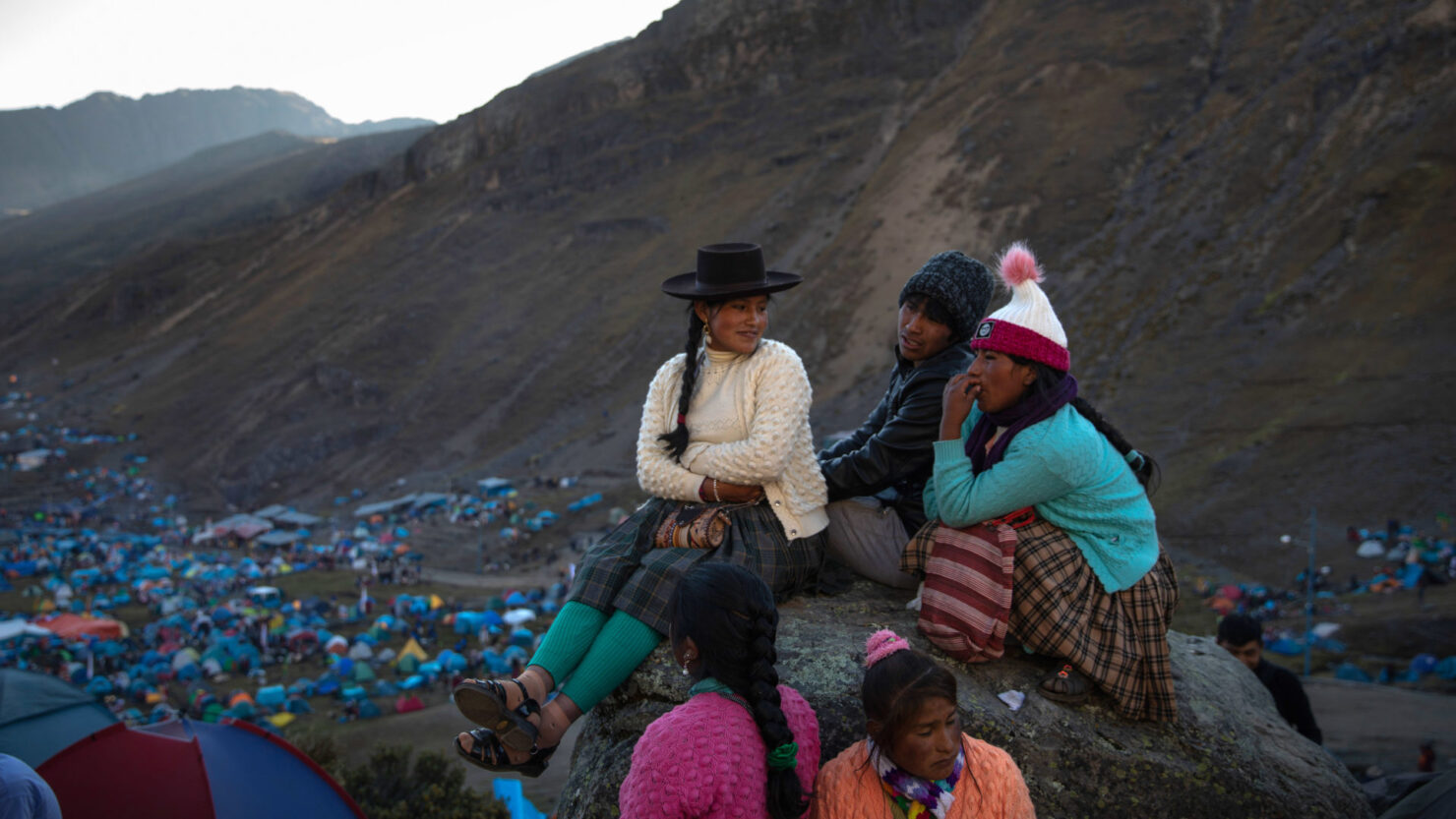by CLAUDIA LOPEZ LLOREDA

Precision medicine relies on genetic data that’s lacking in Latin America — especially for Indigenous groups.
When Andres Moreno-Estrada began studying genetics back in the early 2000s, the high cost of sequencing DNA was the biggest barrier to understanding the role of genes in human health and disease. But with time, the problems shifted.
“Technology is no longer the limit,” said Moreno-Estrada, now a population geneticist at the National Laboratory of Genomics for Biodiversity in Mexico. “Sequencing or getting genetic data is cheaper than before. The problem is in the unbalanced way this genetic information is being generated worldwide.” Researchers today rely on genetic data that’s disproportionately drawn from people with European ancestry, and mounting analyses suggest that their databases fail to capture the full scope of human genetic diversity. The result is a set of clinical tools that may not work as well for people whose ancestors lived outside of Europe.
Those issues are especially acute in Latin America, where new research suggests that more robust genetic data could allow physicians to better target certain medical treatments, especially for Indigenous groups.
At stake is the practice of precision or personalized medicine, which uses individual variability, including genes, to make decisions regarding diagnosis or treatments of health conditions. A certain medication, for example, may be highly effective for people carrying one version of a gene — but may not work, or could even be harmful, to people with another version. In an ideal world, physicians would simply find out which specific version of the gene each patient has, and then give them the right drug with the right dosage. In the absence of that kind of personalized data, they typically rely on other information, such as a patient’s ethnic identity, that allows them to make an informed guess about whether a particular genetic variant is likely to be present.
But when physicians don’t have detailed genetic information available for certain communities, they can’t make those kinds of informed guesses.
Consequently, communities that are underrepresented in these biobanks are left behind in terms of care, said Eduardo Tarazona-Santos, a human geneticist at the Federal University of Minas Gerais in Brazil. And labeling people as belonging to a broader group can miss subtle, important patterns in genetic variation that could help clinicians make better decisions.
A new analysis from Tarazona-Santos’ team, published in the journal Cell, highlights how certain populations thought to be homogenous differ in genes related to drug responses. The analysis revealed that Andean and Amazonian individuals in Peru, some coming from communities that are only about a hundred miles apart, tend to differ in key genes that influence how individuals metabolize and respond to heart medications.
Tarazona-Santos, who himself has Indigenous ancestry, is worried about the dearth of data. Certain genes, his team has found, don’t look the same even in Indigenous populations that are geographically close.
The paper examined samples from 294 individuals — some from the arid Andean highlands and some from the Amazon. They looked at genetic variants involved in responses to rosuvastatin and warfarin, two drugs that can be used to reduce the risk of heart attack and stroke, among other issues.
Undark for more
